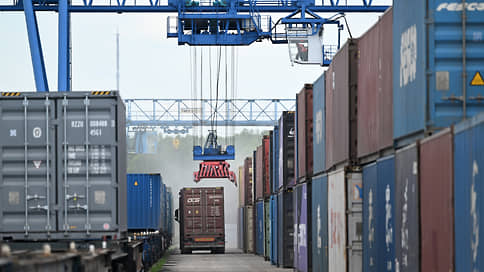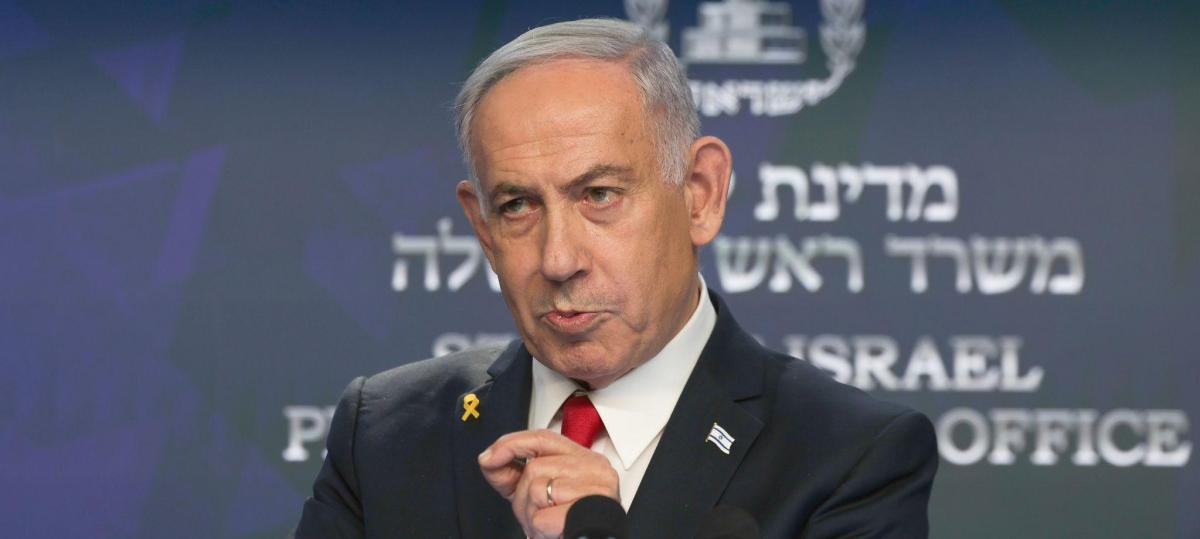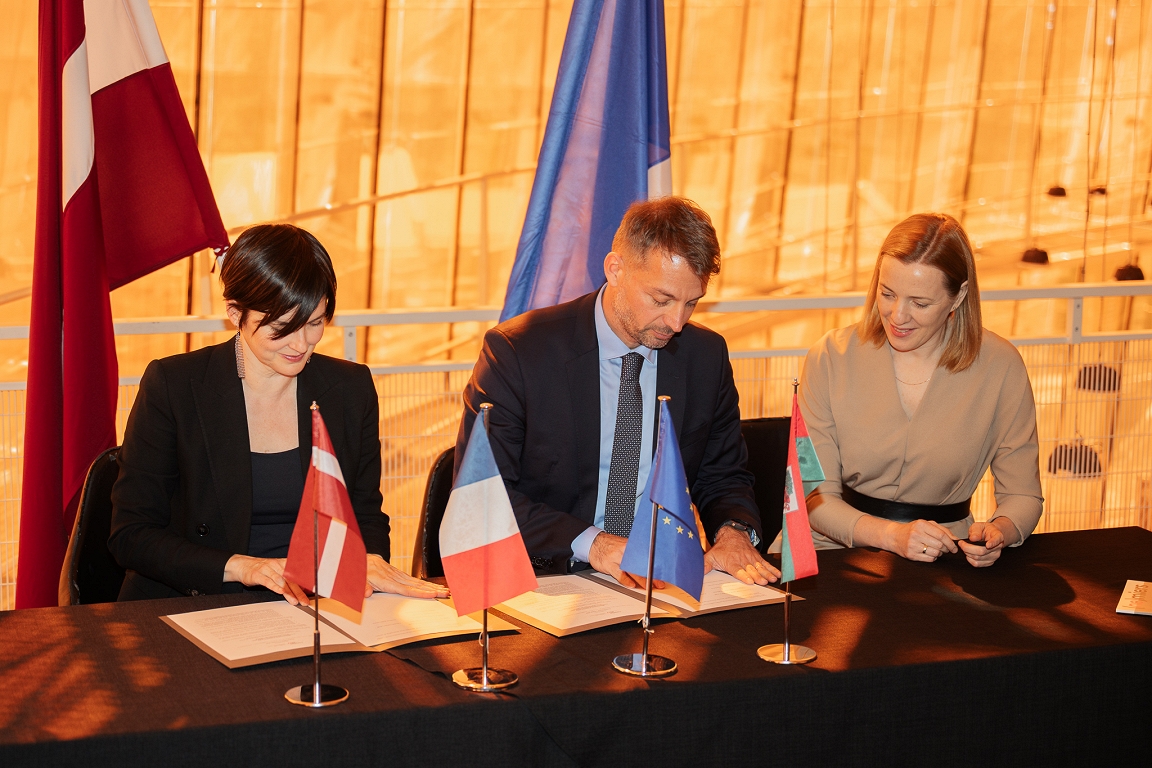Georgia did not answer the new call of Russia to proceed with the delimitation of borders

In Tbilisi, they decided to ignore the new call of Moscow to begin delimitation and subsequent demarcation of the borders of Georgia with South Ossetia and Abkhazia. This topic is perhaps the only one by which the positions of the Georgian authorities and opposition convergence converge. All of them consider South Ossetia and Abkhazia “territories occupied by Russia” and do not recognize the former administrative boundaries of state. Meanwhile, the situation with South Ossetia can become especially explosive: even in Tskhinval itself, they answer differently to the question of exactly where the border with Georgia should take place.
The need for delimitation, and then the demarcation of the borders of Georgia with South Ossetia and Abkhazia, was stated on May 19, the deputy head of the Ministry of Foreign Affairs of the Russian Federation Mikhail Galuzin. He said this during a meeting with and. On the deputy head of the Foreign Ministry of Abkhazia Odysseim Bigvawa and adviser to the President of South Ossetia Konstantin Kochiev. The meeting took place on the eve of the 64th round of Geneva’s security discussions in the South Caucasus, scheduled for June. This was also said in a joint statement following the results of the conversation.
The authorities of Georgia officially did not react to the call of Moscow, Tskhinval and Sukhum, which, however, was not the first time.
In many previous cases, the Georgian Foreign Ministry, as well as deputies from the ruling party “Georgian Dream” (GM) reacted quite sharply: there is no state border, there is only a “line of occupation”. The Georgian opposition adheres to the same approach.
“The so -called South Ossetia was created by Moscow after the occupation of Georgia by the Red Army in 1921. There is only one Ossetia, and today it is called Northern Ossetia – Alania, and Stalin came up with South Ossetia, ”the position of GM, one of the main ideologists of the party, film director Georgy Haindrava, explained to Kommersant. He is sure that the Empire uses the southern Ossetia as an instrument against the independence and statehood of Georgia, ”as well as Abkhazia, which, however, according to the interlocutor“ Kommersant ”,“ unlike South Ossetia, historically really existed ”.
One of the leaders of the Georgian refugees community from Abkhazia, George Gvazava, told Kommersant that the question of delimitation and demarcation of the Abkhaz border was always less acute and caused less controversy than the issue with the southern Ossetia: “Abkhazians believe that the Inguri river is a natural border and there is no special meaning in pedaling the problem of demarcation-dedication.” At the same time, the border with Southern Ossetia continued Gvazava, « passes on land and has a difficult configuration. »
The problem of “configuration” often caused disputes in the political circles of South Ossetia, and once even led to a conflict between Moscow and Tskhinval.
In the spring of 2024, on the recommendation of the FSB, there are three iconic politicians in South Ossetia – deputies Harry Muldarov, David Sanakoev and Dzambolat Medoev – were deprived of Russian citizenship. The first headed the State Commission for Delimitation and Demarration of the State Border of South Ossetia with Georgia. The second is the former head of the Ministry of Foreign Affairs of the republic, which is wanted by the International Criminal Court for participation in the 2008 war.
As the reason for the deprivation of Russian citizenship, the FSB indicated « actions leading to the increase in tension near the border of Russia. » It was a question of an attempt by three deputies to approve the document on the need to hold a state border with Georgia in accordance with Decree No. 2 of the All-Georgian Central Executive Committee of Councils and the Council of People’s Commissars of the SSR of Georgia on the formation of the South Ossetian Autonomous Region of April 22, 1922. Muldarov, Sanakoev and Medoev claimed: according to that document, the territory of South Ossetia for 200 square meters. km more than in accordance with the maps of the 1980s, adopted as the basis for administrative borders in the late Soviet period. All three deputies promised to sue the FSB and accused the President of South Ossetia Alan Gagloev of “inability to protect the interests” of the republic.
The expert of the independent information and analytical resource National.ge David Anvalishvili suggested in an interview with Kommersant: Moscow punished three politicians, because « did not consider it appropriate to exacerbate relations with Tbilisi against the backdrop of their warming, as well as taking into account the continued special military operation in Ukraine. »
At the same time, the expert added: if “the current Tbilisi loyalty system in relation to Moscow will be destroyed as a result of a change in power in Georgia,” the Russian Federation “may suddenly recall the maps of 1922” and “try to force the border into the deep into the Georgian territory”.
In this case, the redistribution of borders can affect, for example, a strategically important Baku -Tbilisi -Stambul motorway. The distance from the current border (on maps of the 1980s) to it on one of the sites is only 400 m. A banner with the inscription “Republic of South Ossetia. The passage is prohibited ”in Russian, Ossetian and Georgian, you can see the naked eye, passing along the highway.








